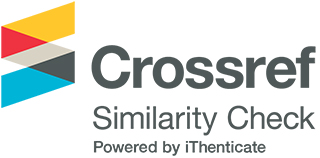Seeking Remedy for Improving International College Students’ Reading Comprehension
A Qualitative Case Study on Using Multimodality for English Language Learning
DOI:
https://doi.org/10.33422/ijhep.v4i4.599Keywords:
Conventional unimodal print-based text, English as a Second or Foreign language, international college students, reading comprehension, multimodal instructionAbstract
This report reflects on the findings of one of the projects within a series of research studies in the field of multimodality conducted by the author of the current paper with different samples of participants in the US university settings. The principal investigator (PI) designed this qualitative case study and had it approved by the IRB committee. Vygotsky’s socio-cultural constructivism theory has been found most appropriate to lay the ground for this research as the sample was purposefully assembled of 14 International English language learning (ELL) students newly arrived in the United States from their significantly diverging social and academic backgrounds. The PI’s practical teaching experiences and the results of her previously conducted studies with the other groups of participants urged this researcher to further search for some efficient strategies and means of learning, which might help these specific student populations with their deeper reading comprehension of complicated academic texts they were otherwise struggling to comprehend. As claimed by this investigator, usage of multimodality might have a strong potential to assist the International ELL college students with their reading comprehension. Within this current project, data were collected via participant and site observations, surveys, artifacts in the form of the comprehension tests, and individual interviews with participants. All the data were coded, analyzed, and triangulated aiming to find recurring themes. This research found that participants recognized the visual mode of multimodality most helpful to them, followed by the auditory, and print-based ones. In the surveys and interviews, the participating students outlined a range of multimodal reading comprehension strategies, which they perceived as most efficient while their working on this project tasks. The comprehension test results served as the evidence in support of the interview- and survey-based data. High significance of the findings of this research is in their applicability to the wide populations of the International ELL college students in the US colleges and world-wide.








